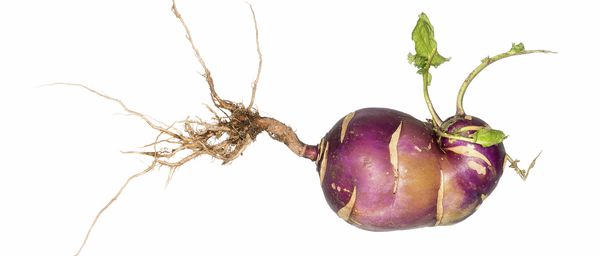
THERE’S A NEW CULINARY TREND AROUND: “LEAF TO ROOT” EATING, USING ALL THE PARTS OF A CROP. IT’S A CHALLENGE — BUT CAN BE A SOURCE OF INSPIRATION TO CREATIVE COOKS.
Don’t hide your roots
In times gone by, eating vegetables wasn’t a choice, but a necessity. Today, roots, peel, stems and stalks are all being turned into culinary delicacies. Not only do they pack a lot of flavour, but they are also highly nutritious. It would be a shame to throw them away.
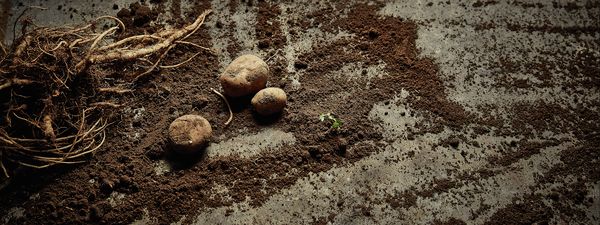
Respect the crops
Gardeners don’t need any encouragement to respect their crops and use as many parts of the plant as possible; and in the past, it wasn’t a matter of style, but of absolute necessity. Nothing was thrown away, everything was used in some way or other.
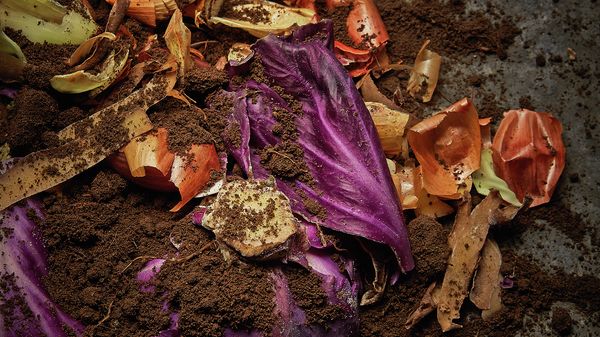
A new food culture
Nowadays, the ‘leaf to root’ movement is about respecting nature. It was this respect which, back in 2014, drove food writer Esther Kern to publish an appeal to use the parts of vegetables usually discarded, calling the idea on her website waskochen.ch “leaf to root”. She helped to launch a new food culture in which creative, unusual recipes are used to turn peel, stalks, and stems from waste into valuable culinary resources. Esther Kern also published a book entitled “Leaf to root”.
Discovering the possibilities
Let’s start with carrot tops: the greens are perfect as the basis for puréed foods such as smoothies or pesto – and also taste delicious when deep-fried and salted. Moving on to fruits, both peach and apricot kernels can be used to give flavour to desserts and ice creams, while melon rinds can be made into delicious chutneys and jams. On the subject of skins, potato peel can be mixed with salt and oil and baked in the oven to make crunchy crisps. Even the leaves and stems of artichokes can be used to make a tasty soup.
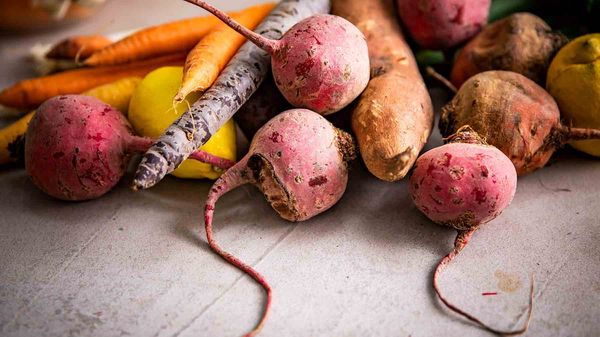
Following where the pros go
Sounds unusual? It is, and unusual things often attract creative minds, so it shouldn’t come as much of a surprise to find out that many top chefs are fascinated by leaf-to-root eating. In many a leading eatery, complex vegetarian dishes have already stolen the show from meat and fish in any case, as the ‘new green cooking’ movement puts vegetables at the centre of daring but healthy cuisine.
Apple cores and carrot tops
Daniel Achilles, for instance, a prize-winning chef, uses a range of unusual ingredients in his Berlin restaurant Reinstoff: dahlia tubers, pea flowers, and rapeseed greens. Stefan Wiesner, meanwhile, uses the kitchen of his Swiss restaurant Rössli to experiment with apple cores and carrot tops. Michelin-starred chef Fabian Spiquel at Zurich’s Maison Manesse, even uses vegetable skins with bits of soil still clinging to them, peeling unwashed potatoes and roasting the cut-off before cooking it with the potatoes themselves.
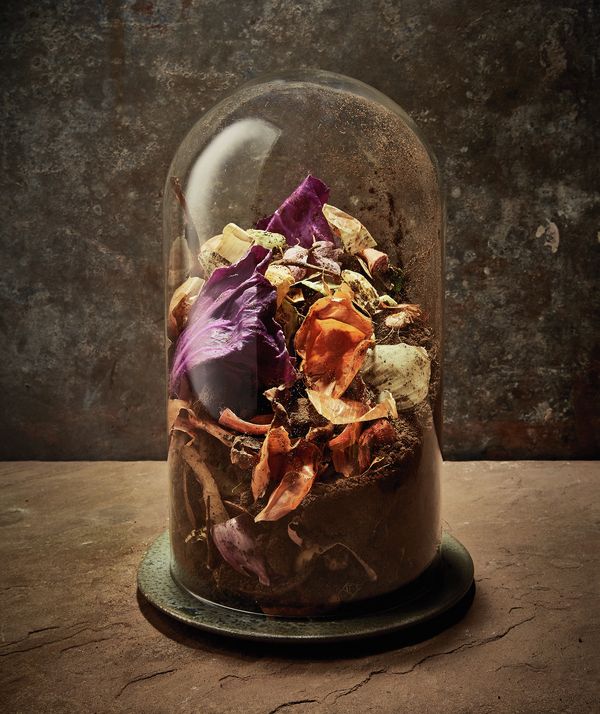
Making chefs into farmers
Johann Reisinger, one of Austria’s most decorated chefs, is known for his radically natural methods of cooking. His advice to young chefs who want to find out more about the concept is simple: “They should start by becoming farmers. Gain an understanding of where the vegetables come from, how they grow.” Anyone who wants to use every part of a plant should buy vegetables from farmers who they trust: “You’ve got to make sure that they haven’t sprayed the crop with pesticides: toxins often concentrate in the outer leaves and roots of plants.”
Starting carefully
Anyone looking to start eating leaf to root shouldn’t let their enthusiasm get the better of them. If your diet to date has not been particularly high in fibre, then it’s best to up the amount of roughage slowly to avoid an upset stomach and issues further down the digestive tract. As a general rule, all of the products you use should be organic and free of residual pesticides. A final tip is to start young – with young vegetables, that is, whose fibres are softer and more easily digestible.
Warning: Not all plants are suitable for leaf-to-root eating: tomato leaves, for instance, and green spots on potatoes contain high concentrations of solanine, for example, a glycoalkaloid with a toxic effect found in all plants of the nightshade family.
